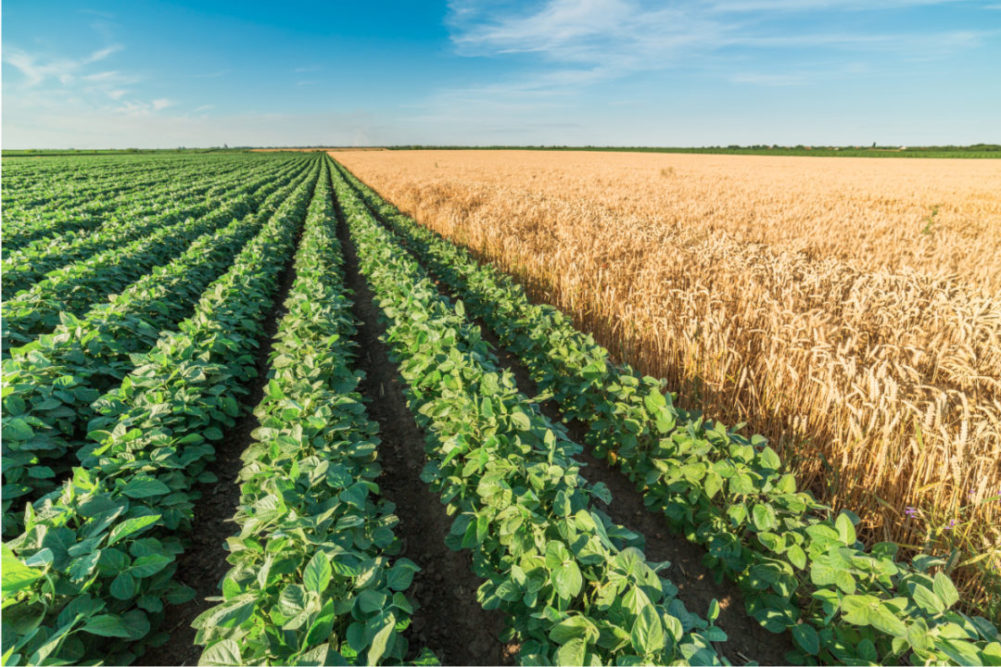KANSAS CITY — The typically market-moving US Department of Agriculture Prospective Plantings report didn’t disappoint on March 31. Planting intentions for spring wheat, corn, soybeans and some other crops far different from pre-report trade expectations added more uncertainty to already volatile markets.
At a time when more acres of nearly every crop were needed due to high prices and supply disruptions, few of the USDA’s planting forecasts met expectations, although those figures may change by the time farmers plant their crops since surveys for the Prospective Plantings report were conducted in early March. It appeared farmers were even more acutely aware than usual of a specific crop’s expected return per acre versus other crops. To that end, many of the crops that demand high levels of nitrogen fertilizer (grassy crops like corn, wheat, oats) didn’t fare as well as crops that need less nitrogen, especially soybeans.
“Farmers and now considering the profit potential of crops other than spring wheat,” US Wheat Associates said in its Wheat Letter Blog.
For the major commodities, USDA forecasts for spring wheat other than durum, corn and soybeans were all seen as surprises based on comparisons to trade expectations, with corn being the greatest surprise according to some.
If realized, soybean planted area at 90,955,000 acres would be record high and would surpass corn area for only the second time in history. The first was in 2018.
Analysts and traders widely agreed after the report that skyrocketing prices for and tight supplies of nitrogen fertilizers since last fall were the contributing factors determining planting decisions. While the report focused on US crops, the fertilizer situation is a global phenomenon, expected to affect production of wheat and corn in several key producing countries.
The USDA report indicated that farmers in 2022 intend to plant 2% fewer acres to spring wheat other than durum than in 2021 (average of trade expectations as reported by Reuters was for 3% more), 4% fewer to corn (trade average was for 1% less), and 4% more to soybeans (trade average was for 2% more).
In contrast, farmers indicated they intend to plant 1,915,000 acres of durum in 2022, up 17% from 2021, well above the average of trade expectations at 1,727,000 acres, up 11%.
Surprises also were seen in several minor (in area planted) crops. Grain sorghum planted area was forecast down 15% from 2021, compared with the trade average that was down 8%. Area planted to oats was forecast at 2,547,000 acres, down slightly (3,000 acres) from 2021, compared with expectations of 2,702,000 acres, up 6%. If realized, US 2022 oats plantings will be the lowest on record at a time when prices recently set record highs.
“USDA’s survey shows farmers in the Northern Plains spring wheat and durum production area intend to plant 584,000 more acres of barley, dry peas, sunflowers, lentils and flax this year compared to 2021,” US Wheat said. “That is what USDA expected based on the favorable prices of those alternative crops.”





